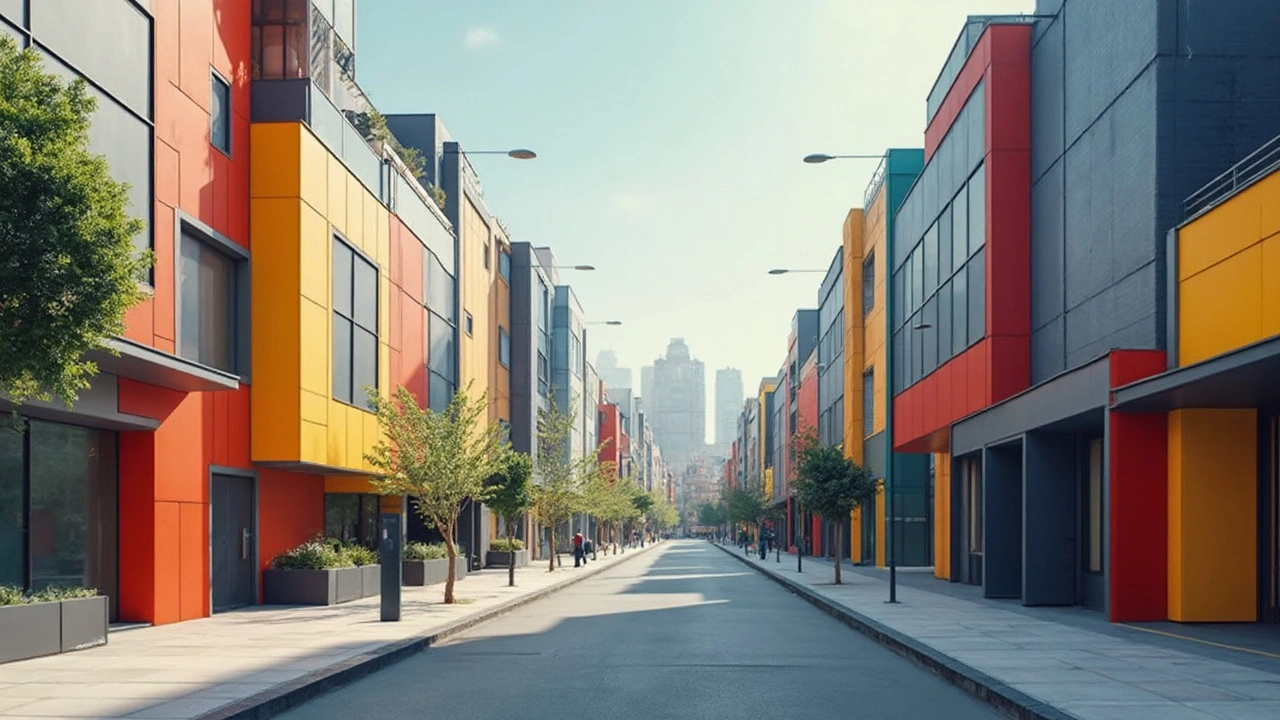21st Century Design: Real Trends You Can Use
Design in the 21st century mixes tech, social change, and old-school craft to solve real problems. You see it in tiny phones, huge city plans, and the way a chair feels. This page collects practical ideas from movements that shaped today’s design.
Start with function: modern designers borrow Bauhaus clarity to cut the pointless. Simple forms, honest materials, and focus on use mean products last longer and feel calm in busy lives. You’ll find this idea across furniture, apps, and even public spaces.
Next, add bold visuals from movements like De Stijl and Constructivism when you need clarity and impact. A clear grid or high-contrast color can guide attention and make complex information readable.
Futurism and smart-city ideas push design toward efficiency and human comfort. Think sensors that save energy, public art that directs movement, or interfaces that cut friction. These are practical, not sci-fi—already in parks, transit and home systems.
Material choices matter: land art and environmental design remind us to use local, sustainable options. Wood, recycled metal, and low-impact finishes lower footprint and often look better as they age.
Visual realism like photorealism shows up in product imagery and virtual spaces to set accurate expectations. Use high-quality renders or photos early so prototypes test real reactions.
Expressionism and avant-garde approaches add human feeling when you don’t want bland utility. A raw texture, imperfect line, or playful layout can make a brand feel alive and honest.
How to use 21st-century design
Start by picking one goal: clarity, sustainability, or emotion. Match a movement: Bauhaus for function, De Stijl for clarity, Futurism for tech-forward systems, Land Art for green sites. Prototype fast, test with real people, then simplify.
Practical examples you can copy
Turn a crowded website into a calm product page by using Bauhaus principles: clear grid, big headings, limited choices. In a small apartment choose multifunction furniture with honest materials and a single bold art piece for character. For public projects, place art that doubles as seating or shade—Land Art that works.
21st century design is practical, people-first, and full of useful tricks from the past and future. Pick one idea, try it small, and you’ll see how these movements make everyday things better.
Want more reading? Our posts dig into these influences—Bauhaus for furniture, Futurism for cities, Photorealism for visuals, and Avant-Garde for bold home décor. Each article gives clear steps, case studies, and ideas you can use this week.
If you design products, test images with photorealistic renders to cut returns and improve trust. If you plan cities, look at smart city work inspired by Futurism and land art for durable, people-friendly systems.
Before committing, sketch three quick options: a tight functional version, a bold visual version, and a hybrid. Show them to five people from different ages and jobs. Pick the one that solves problems and feels right. Small tests save time and money. Use these steps and the tag articles on this page as your toolkit.

